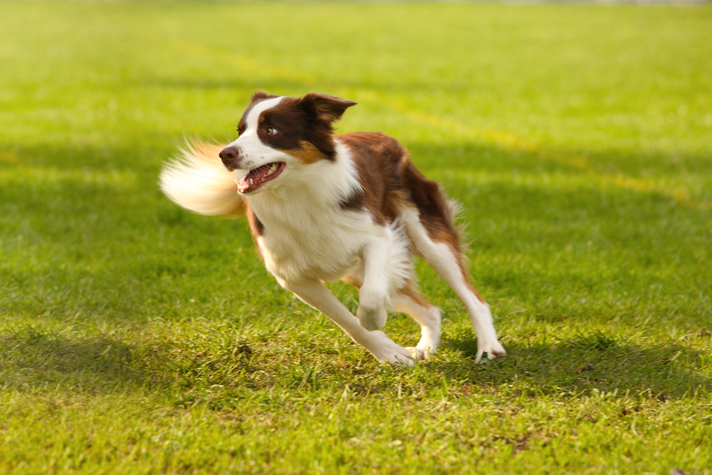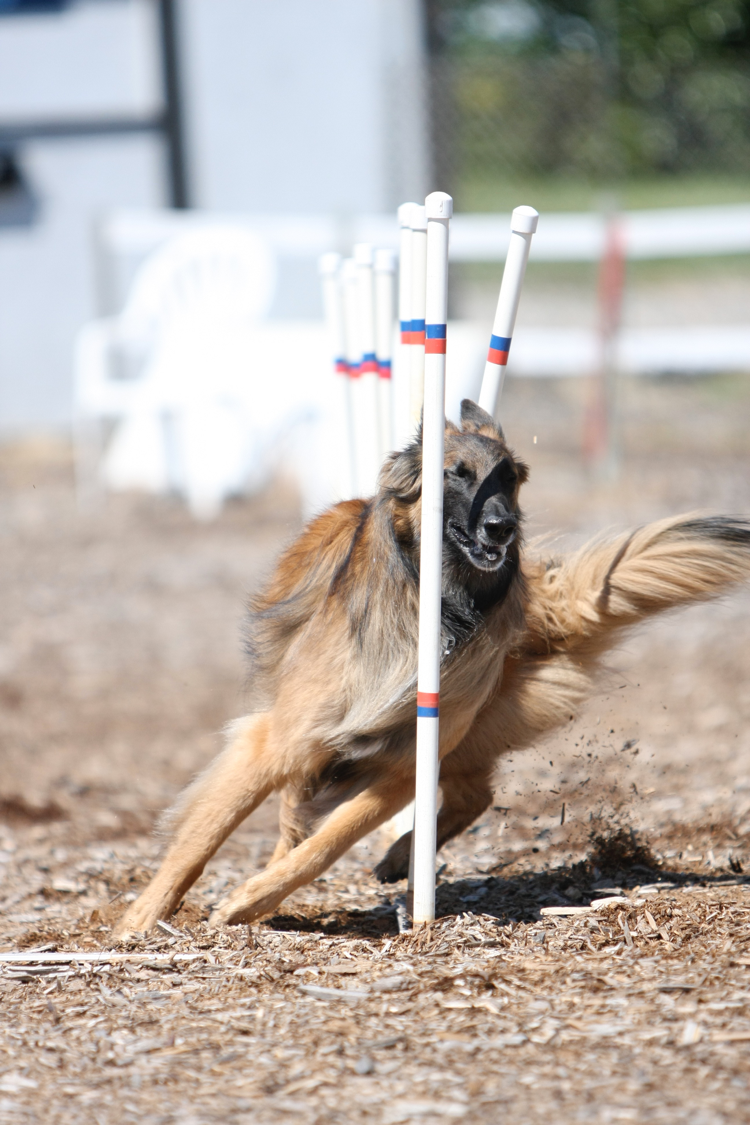Laurie's Blogs.
Dec 2016
Conditioning with a purpose (tighter turns)

Are you a follower of Four Leg Rehab on Facebook? If not, then you may not have seen a blog post I shared this past week. It was about conditioning tighter turns in agility dogs.
(See http://martialarfs.com/blog/conditioning-tighter-turns-for-agility-dogs/ )
Long story short, if you want to see a functional improvement on the agility field, then you need to train for and practice the skills required! The article goes on about riding a motorcycle, and when you turn a corner, you lean into the turn. It reminded me of riding a bike with a fellow I knew back in university. He had a bike and we’d travel together to different gyms to work out (where we could get free passes… typical cheap university students). One time I confessed that I was getting freaked out on the turns because he leaned in so far. He revealed that he had to do that because I wasn’t leaning in and he was having to compensate for me! So, it took some practice on my part to get comfortable with leaning.
And that’s where the article comes in… help your dog to practice leaning. So, you can have your dog stand on the flat surface of a Bosu ball (add some grip – like an anti-slip rug underlay), or tip the long edge a plank of wood (we have one that is the length of the dog walk, with anti-slip surface) and get the dog to walk across it, or perhaps lure your dog in doing circles around you… faster and faster. One important thing to note is to train BOTH directions.
People and animals have a dominant side, a side that is more coordinated, a side that is stronger. So, don’t forget to test both sides, find the side that is weaker and perhaps give that side a couple of extra practice repetitions. As well, be sure to practice different degrees of angulation in the turns.

It is known that what you practice, improves.
So, beyond the discussions above, I would then suggest spending time teaching a ‘send-out’ where your dog goes out and ‘wraps around’ a pole before then returning. Build up in speed, and of course alternate turning directions.
Rehab professionals are ideally suited to figure out what should be needed to help condition different aspects of performance. So, get on your creativity caps and start creating some exercises.


